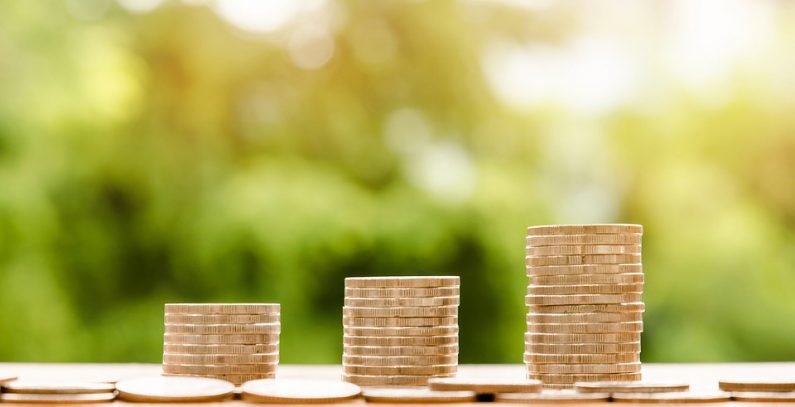
Photo: Pixabay
Share
The United Nations Development Programme (UNDP) in Bosnia and Herzegovina (BiH) has issued a request for proposals for the delivery of developed models for an innovative financing mechanism for the implementation of the Low-Carbon Urban Development Concept (LCUD) under the Catalyzing Environmental Finance for LUCD project.
Due to a long period of neglect and under-investment, public infrastructure in the buildings sector in BiH is now in a dire state and in urgent need of upgrade and modernization. In its Nationally Determined Contribution (NDC) under the Paris Agreement, BiH explicitly recognizes the potential of public sector buildings for greenhouse gas (GHG) emission reduction and emphasizes that to “increase emission reduction amount and develop a sustainable system for public building renovation, international financial support is required,” the request for proposals recalls.
The project activities are aimed at developing an optimal model of a sustainable financial mechanism for energy efficiency projects; providing capacity building for various public building sector stakeholders, municipal energy managers and Energy Service Companies (ESCO), as well as entity- and state-level authorities in the area of energy and environment management; and developing necessary regulations for instituting the polluter pays principle (PPP) and improving the system for collecting PPP fees.
The deadline for submission is November 9 at 10 am.
The project, financed by the Green Climate Fund (GCF), strives to overcome identified barriers to investment in low-carbon retrofits of public buildings and to use an added co-finance from a range of sources, such as Environmental Funds, entity and municipal budgets, and international organizations (UNDP, GEF, the World Bank, SIDA).
Projects to help cut GHG emissions
Overall, the project will result in a direct reduction in greenhouse gas (GHG) emissions of 2.02 million tonnes of CO2 equivalent (tCO2e) over the lifetime of the investments enabled.
Additionally, significant indirect emission cuts can be expected –7.1 – 8.1 million tonnes of CO2 reduction due to the project enabled market transformation.
The project will directly benefit 150,000 people – occupants and users of public buildings (4% of the total population) and will lead to the creation of over 5,630 new full-time equivalent (FTE) jobs, according to the request for proposals.





















Be the first one to comment on this article.